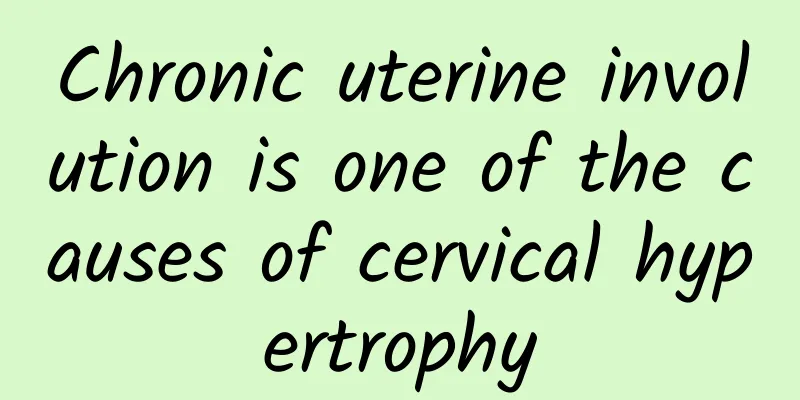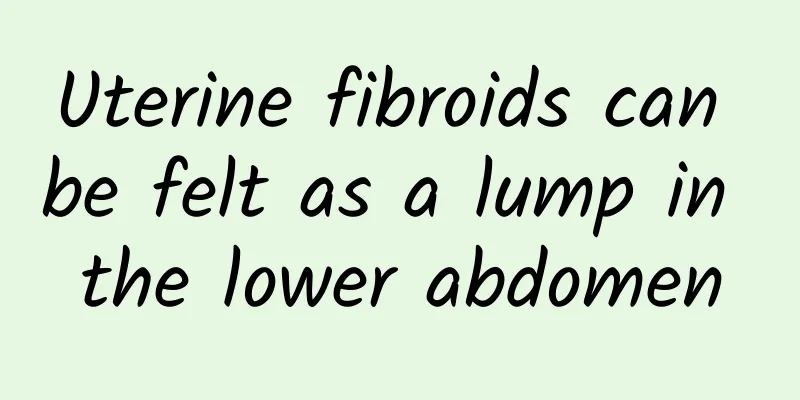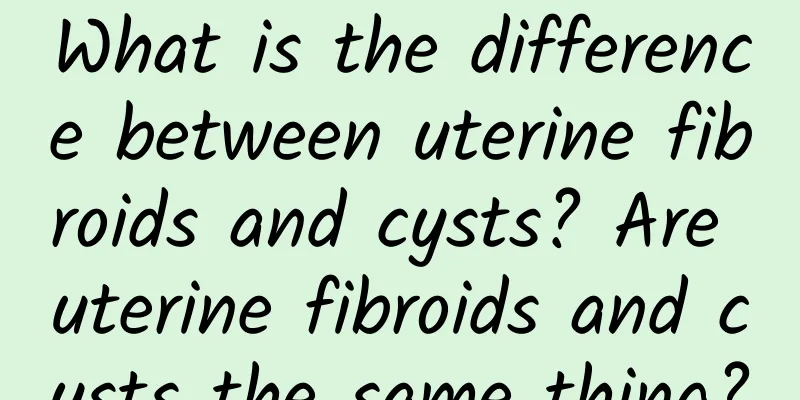Treatment principles for elderly patients with vaginitis

|
Senile vaginitis is common in postmenopausal women. Due to the decline of ovarian function, the decrease of estrogen level, the atrophy of vaginal wall, the thinning of mucosa, the decrease of glycogen content in epithelial cells, the increase of pH value in vagina, the decrease of local resistance, and the easy invasion of pathogenic bacteria, causing inflammation. The treatment principle of senile vaginitis is to increase the resistance of vagina and inhibit the growth and reproduction of bacteria. Increase vaginal acidity and inhibit bacterial growth When senile vaginitis occurs, the pH value in the vagina rises, and the acidity of the vagina should be increased to inhibit bacterial growth. During the treatment of senile vaginitis, patients using a weak acid formula care solution will inhibit the growth and reproduction of harmful bacteria. When going to the toilet, wipe the vulva with feminine hygiene wipes to keep the vulva dry to inhibit the growth of harmful bacteria. Supplement a small amount of estrogen to increase vaginal resistance Those with severe inflammation need to use estrogen preparations. Estrogen can be administered topically or systemically. 0.125-0.25 mg of diethylstilbestrol is placed in the vagina once a day for 7 days as a course of treatment, or 0.5% diethylstilbestrol ointment is applied to the vagina; for systemic medication, nialestrol can be taken orally, 4 mg for the first time, and then 2 mg every 2-4 weeks for 2-3 months. It should be noted that supplementing a small amount of estrogen is the treatment principle for senile vaginitis, which can thicken the vaginal mucosa and enhance resistance. However, irrational use of estrogen can easily cause endometrial cancer and breast cancer, so it must be used under the guidance of a doctor. Estrogen preparations are contraindicated in patients with breast cancer or endometrial cancer. |
<<: Causes of ectopic pregnancy in the fallopian tube
>>: Features of painless abortion
Recommend
How to treat uterine fibroids in women? What are the precautions for uterine fibroids?
The uterus is a very important organ for women. W...
Excessive tension during menstruation can cause dysmenorrhea
Many women suffer from dysmenorrhea, the causes o...
Are uterine fibroids life-threatening?
Are uterine fibroids life-threatening? Uterine fi...
What to do if you have uterine fibroids? Surgical treatment of uterine fibroids
As for uterine fibroids, we all know that the inc...
The most important preventive measures for dysmenorrhea
The occurrence of dysmenorrhea is extremely harmf...
How to prevent ovarian cysts
How to prevent ovarian cysts? Ovarian cysts are a...
What should you pay attention to in preventing endometrial tuberculosis?
Endometrial tuberculosis is a relatively common g...
Typical symptoms of uterine fibroids in women
Uterine fibroids are a very common gynecological ...
Refuse to be a "sodium" beauty during the Mid-Autumn Festival! Nutritionist: Homemade salsa can reduce the calories of barbecue by 60%
Barbecue, mooncakes and pomelo are essential for ...
The most common cause of dysmenorrhea
Dysmenorrhea mainly occurs during the menstrual c...
Which is more harmful, artificial abortion or medical abortion? Comparison of artificial abortion and medical abortion in four aspects
Surgical abortion and medical abortion are both v...
What medicine should be used to treat cervical erosion?
For patients with mild cervical erosion, antibiot...
What medicine is good for curing fungal vaginitis?
What medicine is good for curing fungal vaginitis...
What does cervical warts look like?
With the liberalization of sexual concepts and ch...
Women should know more about the symptoms of cervicitis
The clinical incidence of cervicitis is very high...









